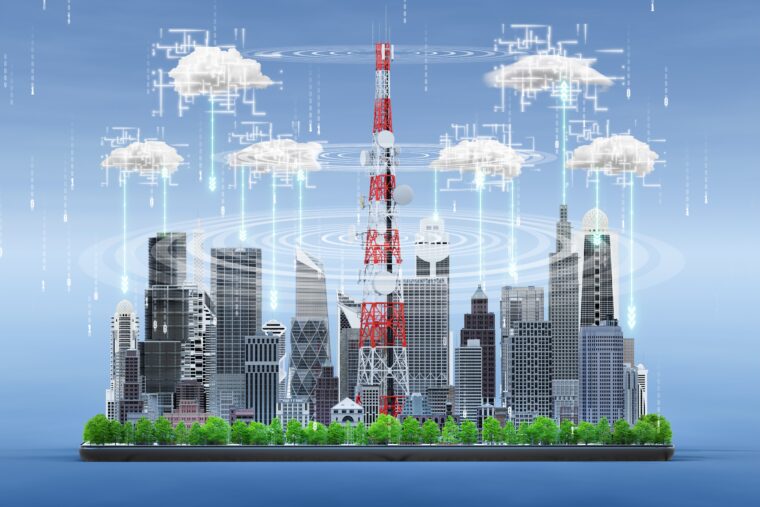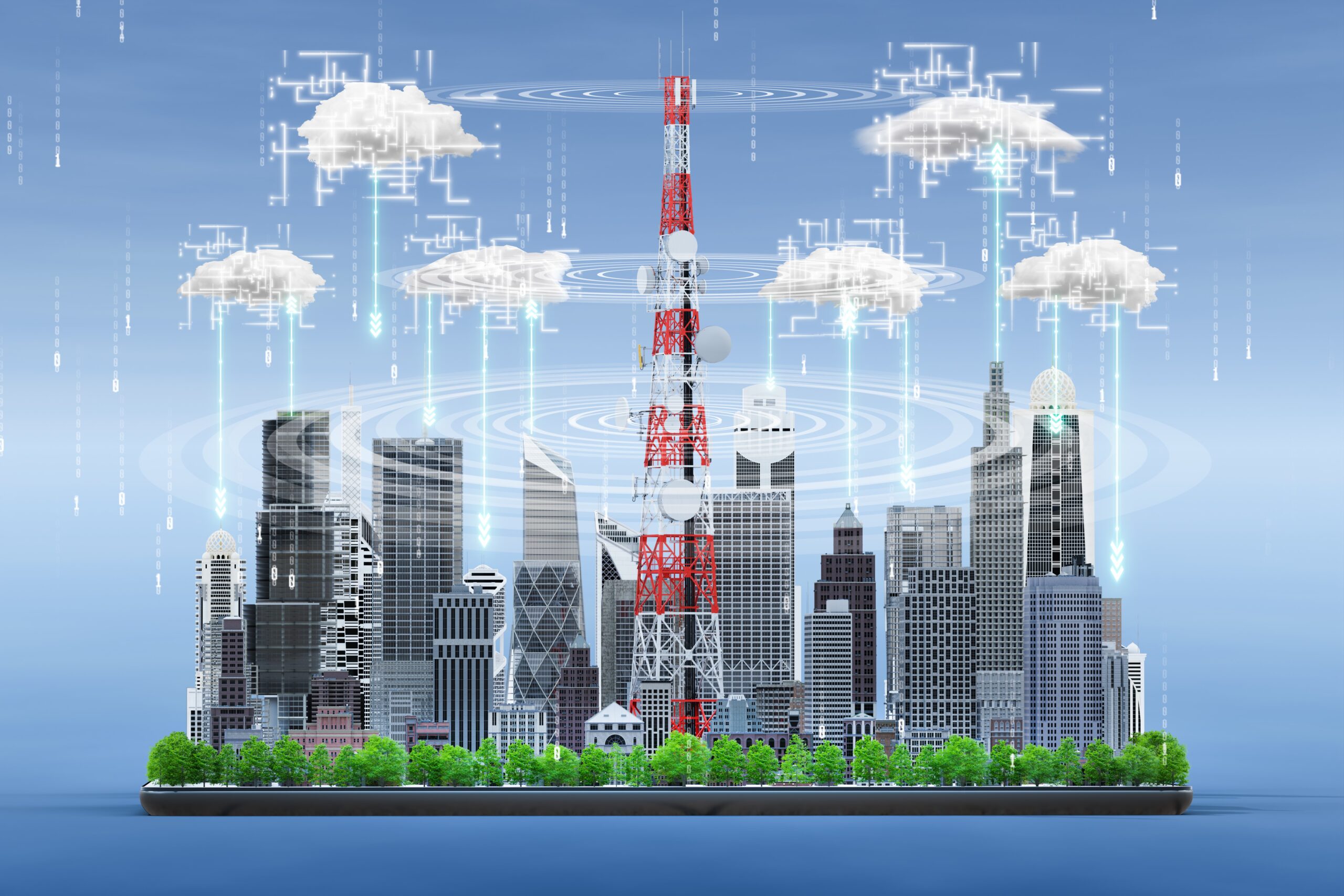
The pace of change in our world is so rapid that just acknowledging the evolutionary advances can be challenging. But one trend that should not be overlooked is the growth occurring in urban areas of America. There’s a significant shift in where people choose to live and urban officials are struggling fiercely to incorporate the growth.
According to Forbes research, 55% of the world’s population now lives in urban areas. But, by 2030, projections are that 43 megacities worldwide with more than 10 million inhabitants will exist. Considering the responsibilities already existing for city leaders, that type of staggering growth will only intensify the challenges that municipal leaders will soon face.
One positive trend that emerged several years ago is a competitive challenge for cities visionary enough to be labeled a ‘Smart City.’ The definition of a Smart City is “a municipality that uses information and communication technologies to increase operational efficiency, share information and improve both the quality of government services and citizen welfare.” This is a positive trend and a valuable and beneficial effort endorsed by numerous organizations and governmental entities that recognize such efforts. Significant funding awards are available yearly for cities that launch successful innovative initiatives, and the 2024 competition will begin soon. The Smart City competition provides an enticing way to-foster collaboration between public and private sector partners.
Smart City designations are commonly rewarded when technology is used to overcome information silos, increase efficiency, provide citizen services, and improve public safety. Private sector firms interested in partnering with municipal leaders may benefit from some examples of Smart City initiatives that follow. Many cities have designated directors of innovation, and most of these public officials are open to new ideas, technology offerings and visionary projects.
San Antonio’s commitment to seek innovation and use technology to strengthen citizen services is outlined in a “Smarter Together Testbed” document developed with citizen input. City leaders focus on five priorities: access to transportation, enhanced communication, public safety, upgraded infrastructure and environmental resilience. Some innovative projects currently under consideration include a mobile application that citizens could use to access public services, testing drones to target locations in emergencies quickly and piloting a smart sewer network that uses sensors to detect water quality. Companies interested in engaging with the Smart City Team can reach out directly through pitch sessions, participate by offering a revenue-generating prototype or pilot program or go through a formal procurement process.

Image by Suwin Puengsamrong on Vecteezy 2023
Smart City initiatives are not new for officials in Seattle, Washington. In 2018, Seattle introduced the Innovation Advisory Council (IAC), a program designed to promote innovative technology where two programs were considered to be standout initiatives. The following year, the Seattle Advisory Council announced the Earthquake Early Warning project, an initiative designed to provide alerts for impending seismic activity before it occurs. The project successfully operates on a network of sensors and transmitters. Additionally, because the seismic data being collected is so valuable to the United States Geological Survey, federal funding was available to support the project. The other initiative completed the following year was done with the Washington Department of Transportation. A predictive analytics parking model. It was created to measure, record and adjust meter rates according to demand. Now, a massive database of Seattle’s parking transactions has been created and the model provides valuable information related to areas with high parking demand, low vehicle turnover and more.
Miami, Florida, also uses smart technology to upgrade its flood response infrastructure. Several years ago, city officials announced a project called the “Sea Level Rise Pilot Program,” a collaborative effort using technology to warn residents in flood-prone areas of impending tidal surges. In tandem with the Environmental Systems Research Institute, city leaders implemented four types of technology to monitor potential flood conditions, including waterfront sensors, LIDAR systems, 3-D modeling and geographic information systems (GIS). Now, the model assesses tidal and weather conditions, which allows city officials to warn residents of severe flooding before it occurs. In addition to using smart technology for flood warnings, Miami has also become known for its use of intelligent traffic systems designed to alter 2,900 traffic corridors and intersections when needed. Sensors also capture traffic patterns and store large amounts of data for planning purposes.
The city of Peachtree Corners, Georgia, was selected as an award recipient in 2023 by the Smart Cities Council for its work on the ‘Street of the Future’ project. The city supervised a project to construct a 5G-enabled living laboratory called the Curiosity Lab. The 25,000-square-foot facility is designed to facilitate collaboration between startups and corporate innovators through workshops and testing new ideas. The facility is located on a 500-acre technology park with a three-mile public autonomous and advanced vehicle roadway. A high-definition map of the test track is available for company testing and vehicle demonstrations. Video cameras have been placed along the corridor and provide surveillance from the Laboratory Operations Center, which houses data collection through Internet of Things (IoT) software. The track also includes smart poles capable and available to install and test new technologies.
City officials in the town of Morrisville, North Carolina, have been recognized as innovative leaders in implementing smart innovations. The initial focus has been to use smart transportation technology to relieve traffic congestion and provide new and alternative modes of transportation for residents. A Smart Corridor initiative was developed to pilot advanced sensors that adjust traffic signals according to demand. Another project, referred to as the Smart Shuttle, provides ferries for residents in 16 locations for free transportation on demand. Morrisville has also launched initiatives to implement smart building controls and increase sustainability by switching town operations to solar power when possible.
Planning for Smart City recognition and potential financial awards is underway now. Hats off to city leaders and private sector visionaries who will work together in 2024 to prepare American cities for the future!
